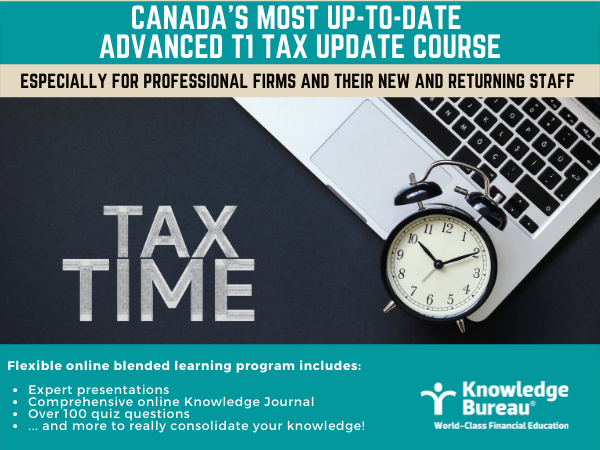
Refunds for the Tax Season 2021 will be Lower in 4 Provinces
One of the many changes for this tax season 2022, is that 2021 tax refunds will be lower for thousands of taxpayers that qualified for the “Climate Action Incentive” (CAI). Prior to 2021, the CAI was a refundable tax credit similar to the Canada Workers Benefit or the Canada Training Credit. In all these cases, these credits constituted a tax-free cash benefit that either increased a tax refund or reduced the net tax liability for taxpayers.
What’s New
The Federal Government proposed to switch the payment method of the CAI from a refundable credit claimed in the personal tax returns to quarterly payments similar to the GST/HST credit payments starting in July 2022. Please note that this change still needs to be approved by Parliament.
This credit applies only to residents of Alberta, Saskatchewan, Manitoba, and Ontario. The reason for this is that these Provinces do not have a Provincial Carbon Tax rate that meets the Federal standard. Therefore, in these Provinces taxpayers are charged a federal carbon tax called “fuel charge” on fossil fuels only. The CAI is intended to reduce the burden of paying the “fuel surcharge.”
How do you qualify for the CAI?
As mentioned above only residents of AB, SK, MB, and ON qualify for this credit. In addition, they must meet one of the following conditions:
- Must be 19 years or older
- Have a spouse or common-law partner
- Parent living with a child/children
There is no formal registration other than filing the annual tax return which is in line with the GST/HST tax credit.
Residents of rural communities in the qualifying provinces receive a 10% supplement. In order to get this supplement, taxpayers need to confirm they live outside a “Census Metropolitan Area (CAM)” using Schedule 14 in the 2021 T1 and subsequent years.
How does this change affect taxpayers?
For starters, instead of receiving the tax credit immediately during the filing of the tax return, taxpayers will receive partial payments on a quarterly basis. For example, a taxpayer with a balance owing of $500 before the CAI in SK, will now have to pay the $500 instead of receiving an instant rebate for the CAI. If the taxpayer files late, the adverse effect is compounded by interest and penalties that otherwise would not exist.
Additionally, the previous program included one claim per household. Only one parent could make the claim for an entire family. Now, older children (19+) living in the same household can receive the CAI regardless of whether they incurred the expense of paying for the “fuel surcharge” or not. In higher income households, this creates a regressive benefit instead of focusing the limited resources on those who need it the most.
Carbon Taxes are not going away, if anything, they will be increasing. Taxpayers must pay close attention to these taxes that are meant to help us make better choices on our energy consumption. The offsetting tax credits are meant to ease the burden of using fossil fuels; however, these taxes may well become part of general revenues as governments strive to increase cash inflows.
Additional educational resources: Now available! Canada’s most comprehensive tax update course, featuring recorded presentations from this week’s Virtual CE Summit. Take the Advanced Personal Tax Update certificate course today.
